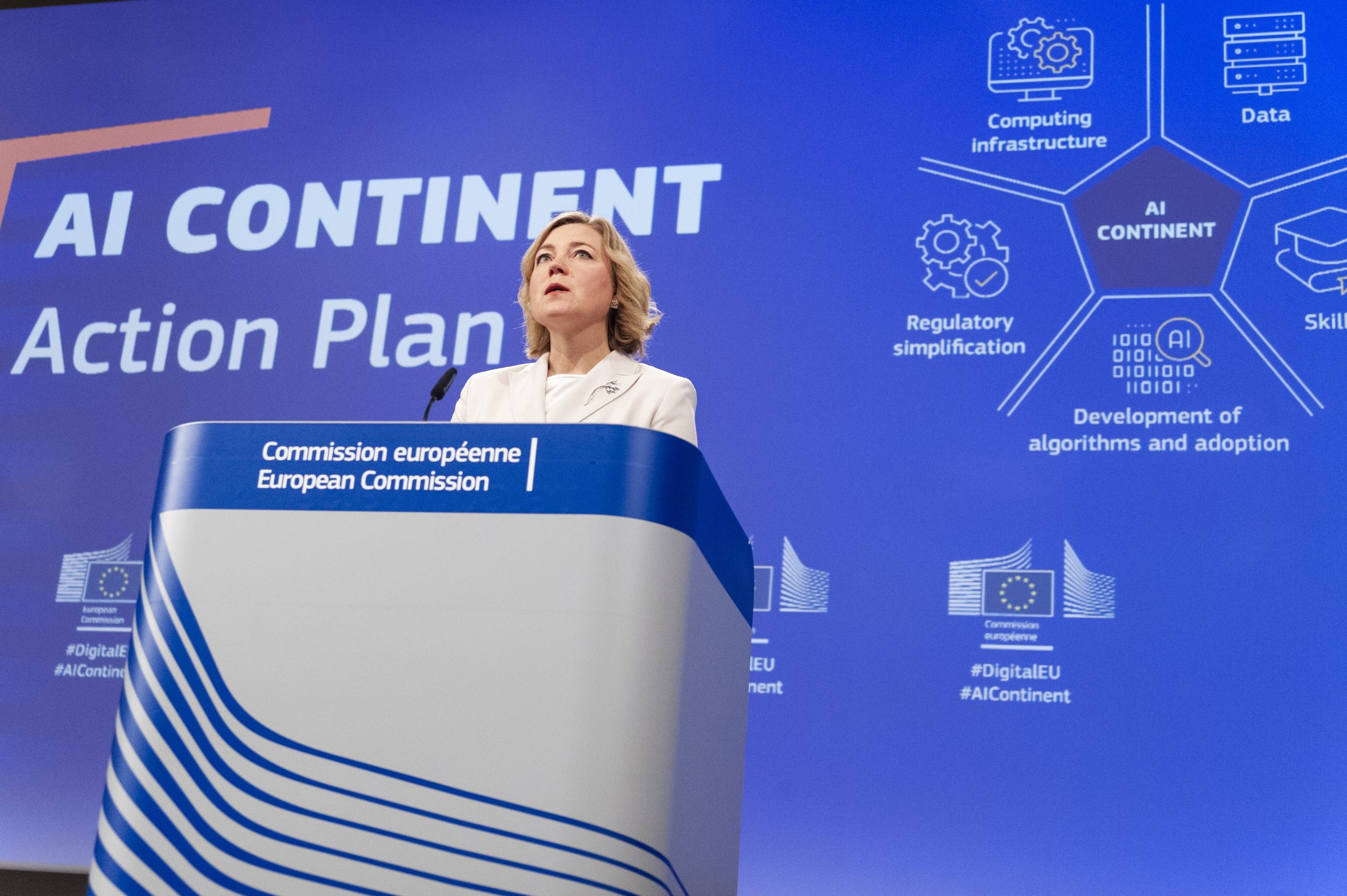What if the EU Took AI Regulations Seriously?

The Need for a Robust AI Strategy in Europe
The approach towards artificial intelligence (AI) policy in Europe is markedly different from that in the United States, especially with the recent transition of power back to the Trump administration. Regardless of personal views on Trump’s policies, his administration has made rapid shifts in AI governance, such as repealing AI safety measures and promoting infrastructure for data centers.
Meanwhile, the European Commission has unveiled the AI Continent Action Plan. Though it outlines several initiatives, critics argue that it lags behind the dynamic strategies being implemented in the U.S. and China. If Europe is serious about gaining ground in AI, it must adopt an ambitious stance.
Key Areas Highlighted in Europe’s AI Action Plan
The European AI Action Plan is built around five core pillars:
1. Infrastructure
The planned budget allocates €2 billion for supercomputing alongside €20 billion for five AI “gigafactories” and an ambitious goal to increase data center capacity by threefold by 2032. However, this investment appears minimal in comparison to the massive funding seen in the U.S. and China.
If Europe aims to bolster its infrastructure, it should consider:
Redirecting Gigafactory Funds: Investment should focus more on cloud infrastructure by supporting commercial computing providers through long-term contracts.
- “Europeanizing” U.S. Hyperscalers: Develop clear pathways for American cloud providers to localize their operations, comply with EU regulations, and contribute to building domestic capacity.
2. Data Accessibility
Data is crucial for AI development, but Europe’s regulatory environment often complicates access. In contrast, U.S. AI developers freely utilize diverse data sources, while China has established a National Data Bureau to consolidate data policies.
For effective data management, Europe should:
Revise GDPR: Modernize data protection laws to create safe-harbor provisions for anonymized datasets that hold high public value.
Promote Open Data: Enforce transparency regarding public and high-value datasets, encouraging national governments to maintain a comprehensive data map for easy access.
- Incentivize Data Sharing: Provide grants or tax reductions to organizations that make quality datasets available under open licenses.
3. Accelerating AI Adoption
A mere 13% of European businesses view AI as integral to their operations, contrasting starkly with 49% in the U.S. and 83% in China. Traditional strategies employed by Europe are proving ineffective.
To invigorate AI integration, Brussels should:
Set Bold Targets: For example, aim for AI technologies to handle 90% of cancer screenings by 2030 or transform 25% of urban traffic lights into adaptive systems by 2027.
- Focus on Results: Shift to implementing outcome-based contracts that prioritize actual improvements, like reducing patient wait times.
4. Developing Skills and Talent
Europe’s initiatives concerning AI talent, such as the proposed AI Skills Academy, fall short. Top machine-learning graduates are often lured away by opportunities in Silicon Valley, while China aggressively trains its domestic talent.
To address this issue, Europe could:
Create AI Chairs: Establish 1,000 new AI academic positions funded for a decade to bring back experienced researchers from abroad.
Enhance Educational Programs: Reform the Erasmus program to prioritize AI-focused joint degrees and allocate funds for reskilling current workforces.
- Launch a Talent Scoreboard: Publish annual data on academic outputs, employment statistics, and migration concerning AI talent across Europe.
5. Regulation and Simplification
The European Commission recently withdrew a planned AI Liability Directive and showed flexibility in modifying the AI Act and GDPR rules to promote AI adoption. Yet, the proposed measures seem inadequate.
To simplify regulation, Europe should:
Implement Safe Harbors: Create less stringent regulations for low-risk AI applications while providing expedited assessments for high-risk solutions.
Standardize Decisions: Establish a single regulatory authority for AI, ensuring smooth compliance throughout the EU.
- Whitelist Safe Applications: Allow certain low-risk AI applications, such as route optimization in public transport, to operate without heavy regulatory burdens.
Additional Considerations
The current plan lacks focus on critical areas such as:
Defense and Security: Military and intelligence applications of AI are crucial, especially in light of recent conflicts in Ukraine. Europe must enhance its capabilities in this sector.
Open-Source Initiatives: Promoting open-source AI could lead to more effective and affordable solutions. A robust open-source framework should be prioritized.
- Global Partnership: Europe has an opportunity to cultivate a coalition of countries advocating for a rules-based, open AI framework as the U.S. adopts more insular policies.
Europe possesses the expertise, marketplace, and potential funding to significantly advance its AI standing on the global stage. Emphasizing bold and strategic actions in these areas could transform its future.






